Kelsie Smith-Hayduk - U. Rochester
-
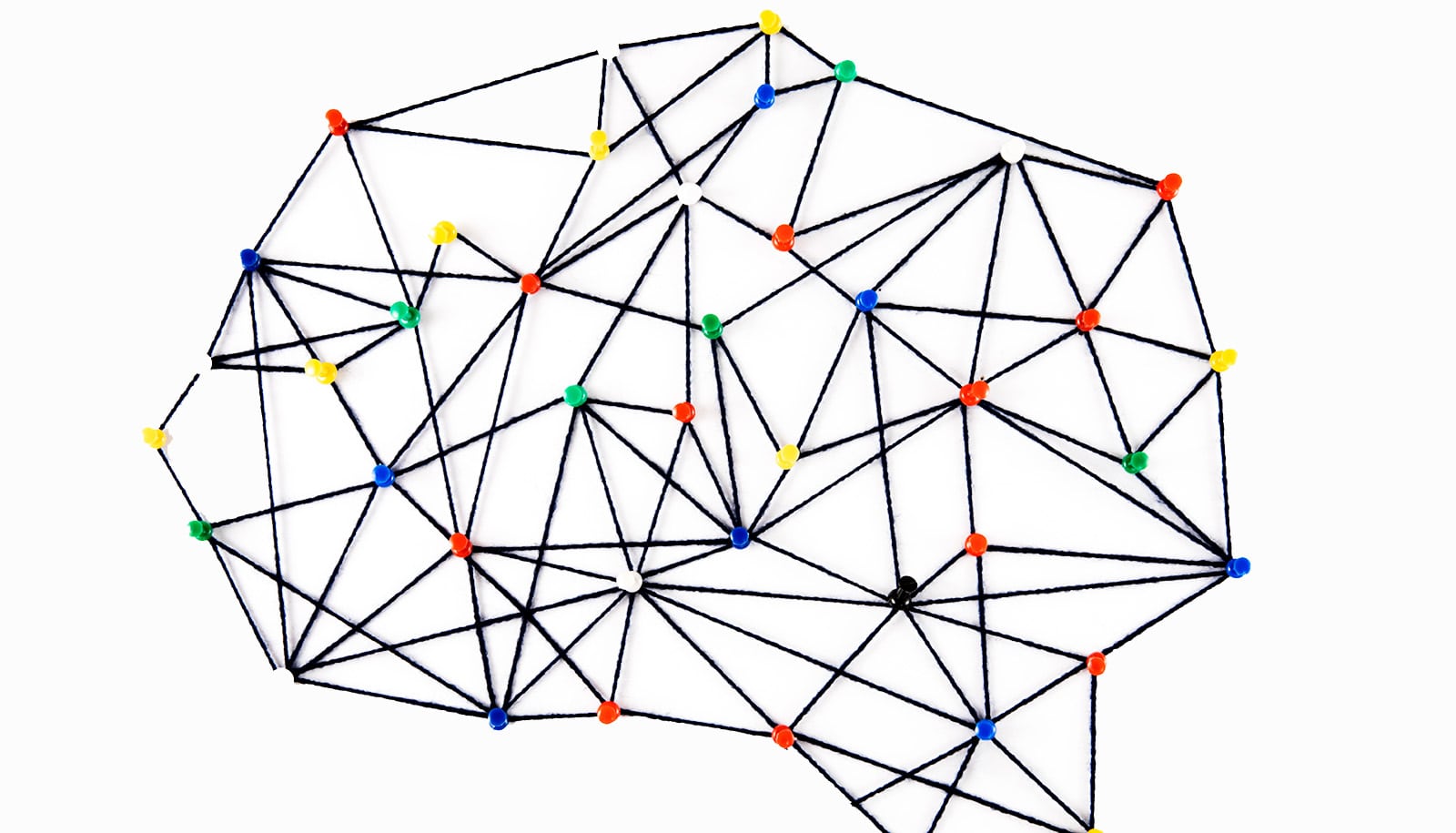 Can ketones protect brain networks from Alzheimer’s?
Can ketones protect brain networks from Alzheimer’s?New work builds on previous research showing that ketones can alleviate neurological and cognitive effects.
-
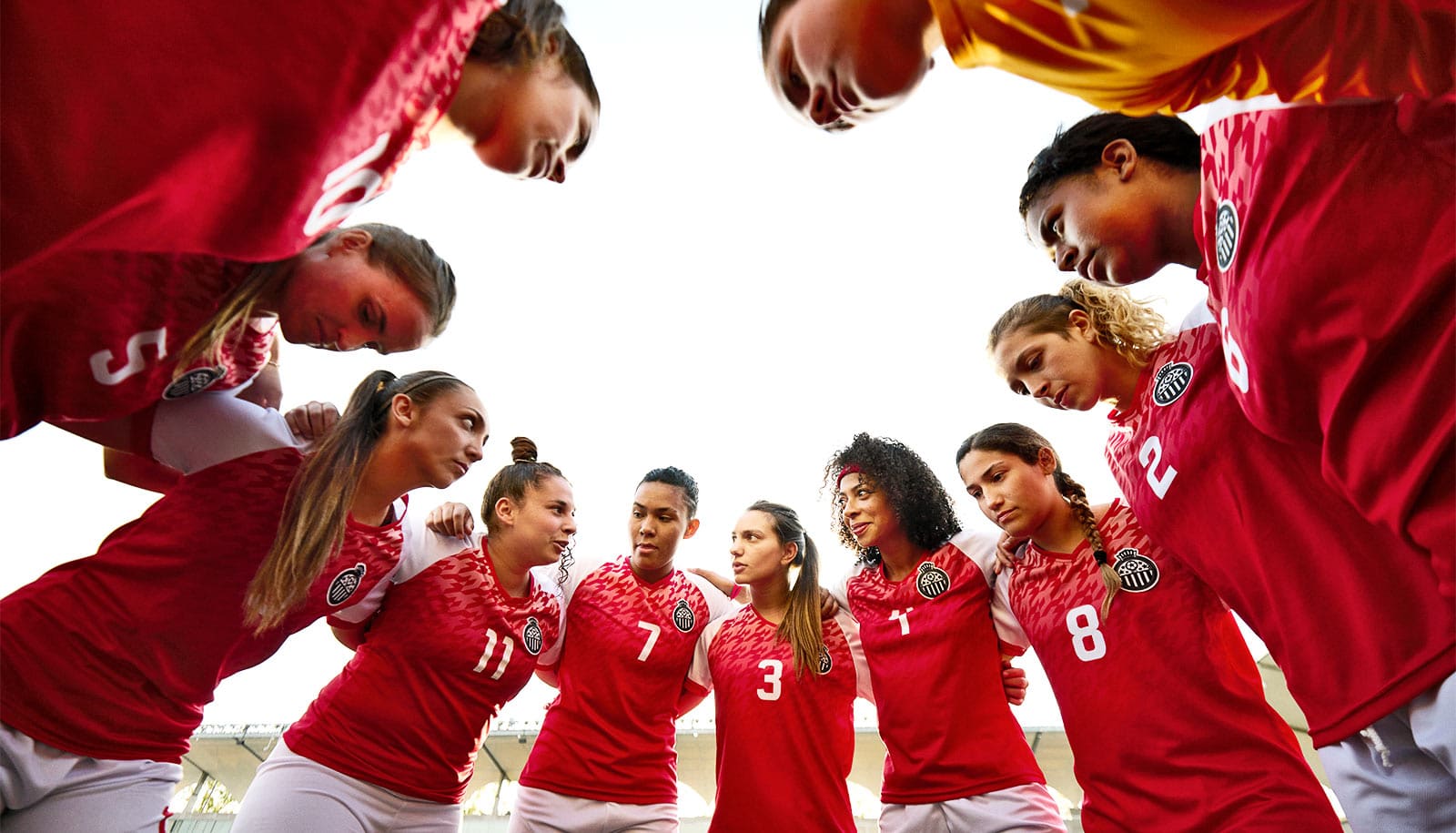 Neurons team up to process social cues
Neurons team up to process social cuesNew research finds that neurons work as a team to process facial expressions, vocalizations, and social cues.
-
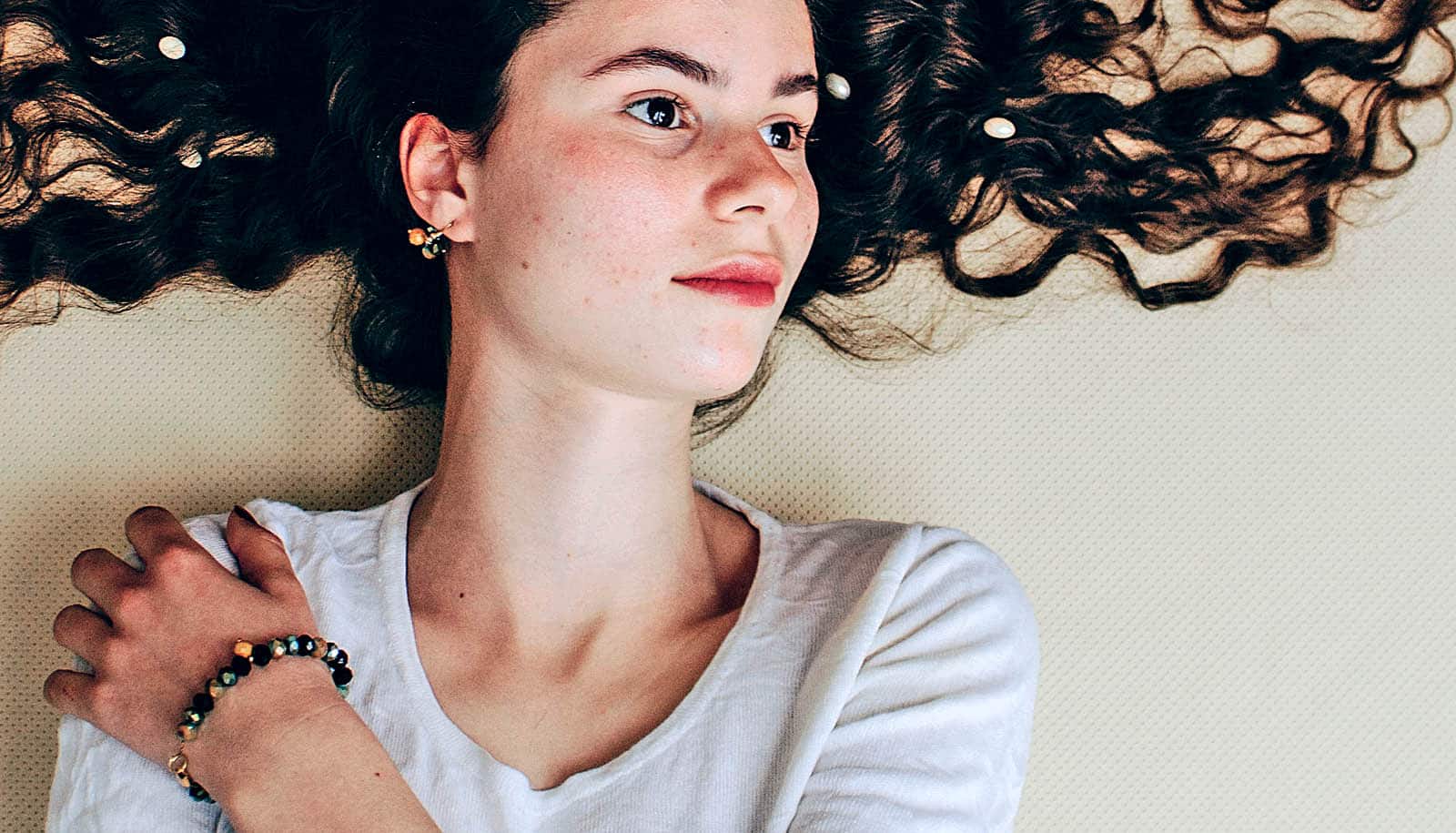 New target for treating neuropsychiatric disorders in teens?
New target for treating neuropsychiatric disorders in teens?New finding in mice are a step closer to finding a possible target for treating neuropsychiatric disorders in young adulthood.
-
 Is better brain performance when walking a sign of ‘super-aging’?
Is better brain performance when walking a sign of ‘super-aging’?The brain performance of some older adults improves when they combine a cognitive task with walking. Could this be a sign of a super-ager?
-
 Star-shaped cells may play role in how your brain merges info
Star-shaped cells may play role in how your brain merges infoLong thought of as "brain glue," astrocytes may be key regulators in how we process internal and external information at the same time.
-
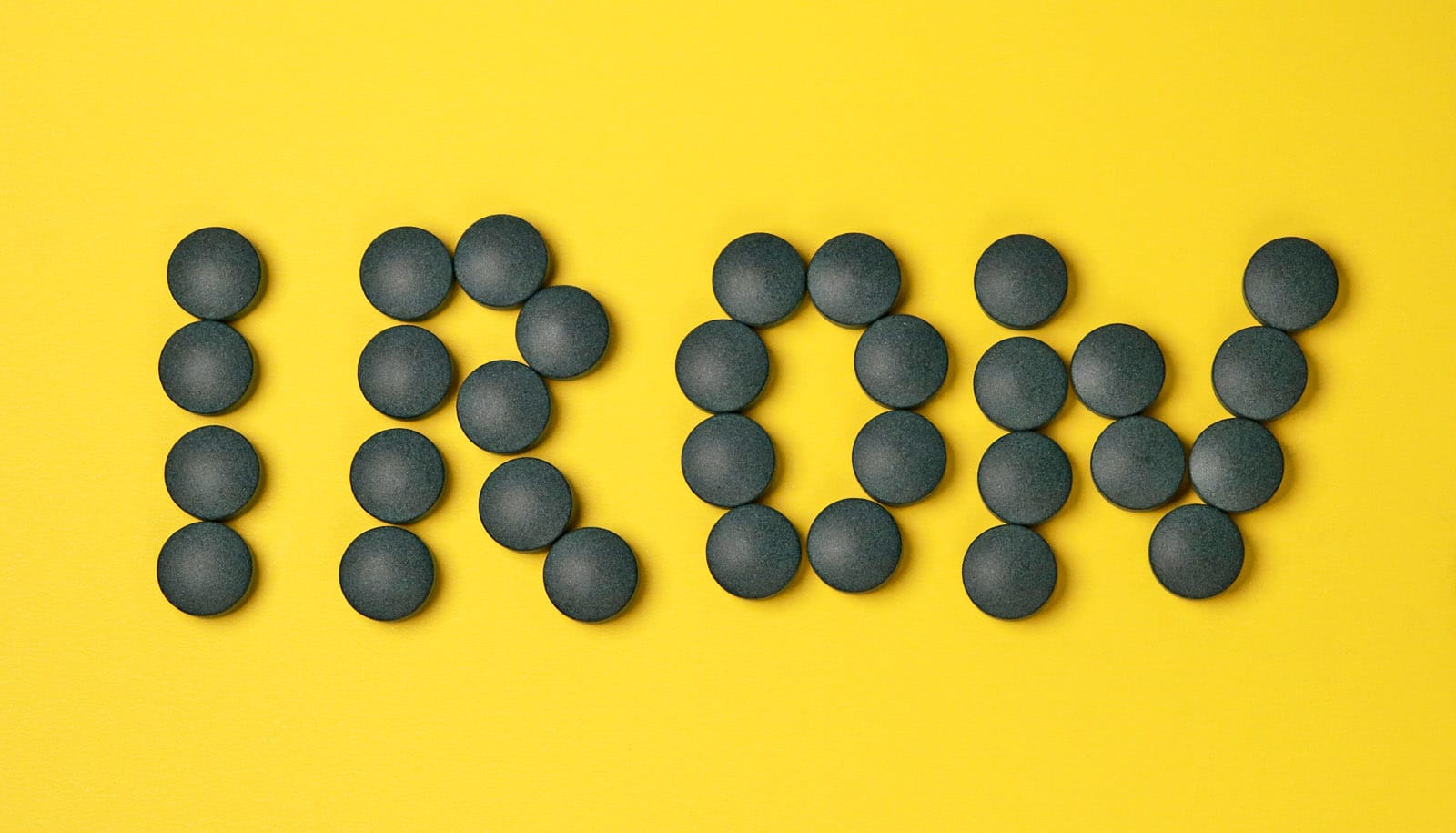 When impairments from gestational iron deficiency begin
When impairments from gestational iron deficiency beginNew research in mice identifies a possible cellular origin for impairments associated with gestational iron deficiency.
-
 How kids with autism process visual illusions
How kids with autism process visual illusionsChildren with autism may perceive visual illusions differently than neurotypical children do, research finds.
-
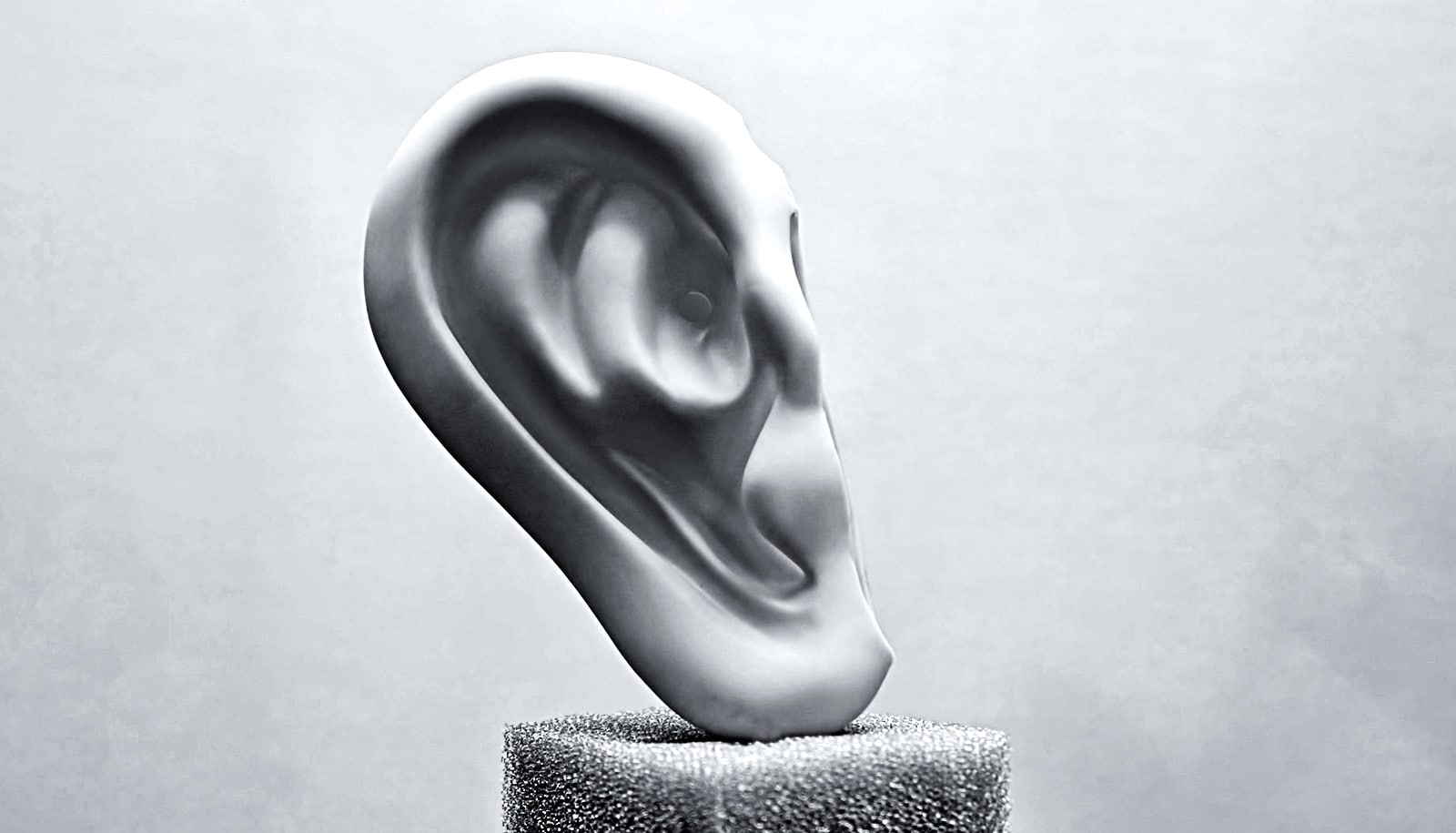 Can hair cell regrowth reverse hearing loss?
Can hair cell regrowth reverse hearing loss?Researchers are getting closer to identifying the mechanisms that may promote cochlear hair cell regeneration in mammals to restore hearing.
-
 Key neurons in mice ‘learn’ to sniff out threats
Key neurons in mice ‘learn’ to sniff out threatsResearchers are finding out more about how smell affects threat assessment in two new studies with mice.
-
 Tests use Dr. Seuss to probe speech perception
Tests use Dr. Seuss to probe speech perceptionResearchers had participants listen to a speaker reading The Lorax to investigate how the brain is engaged during complex audiovisual speech perception.
-
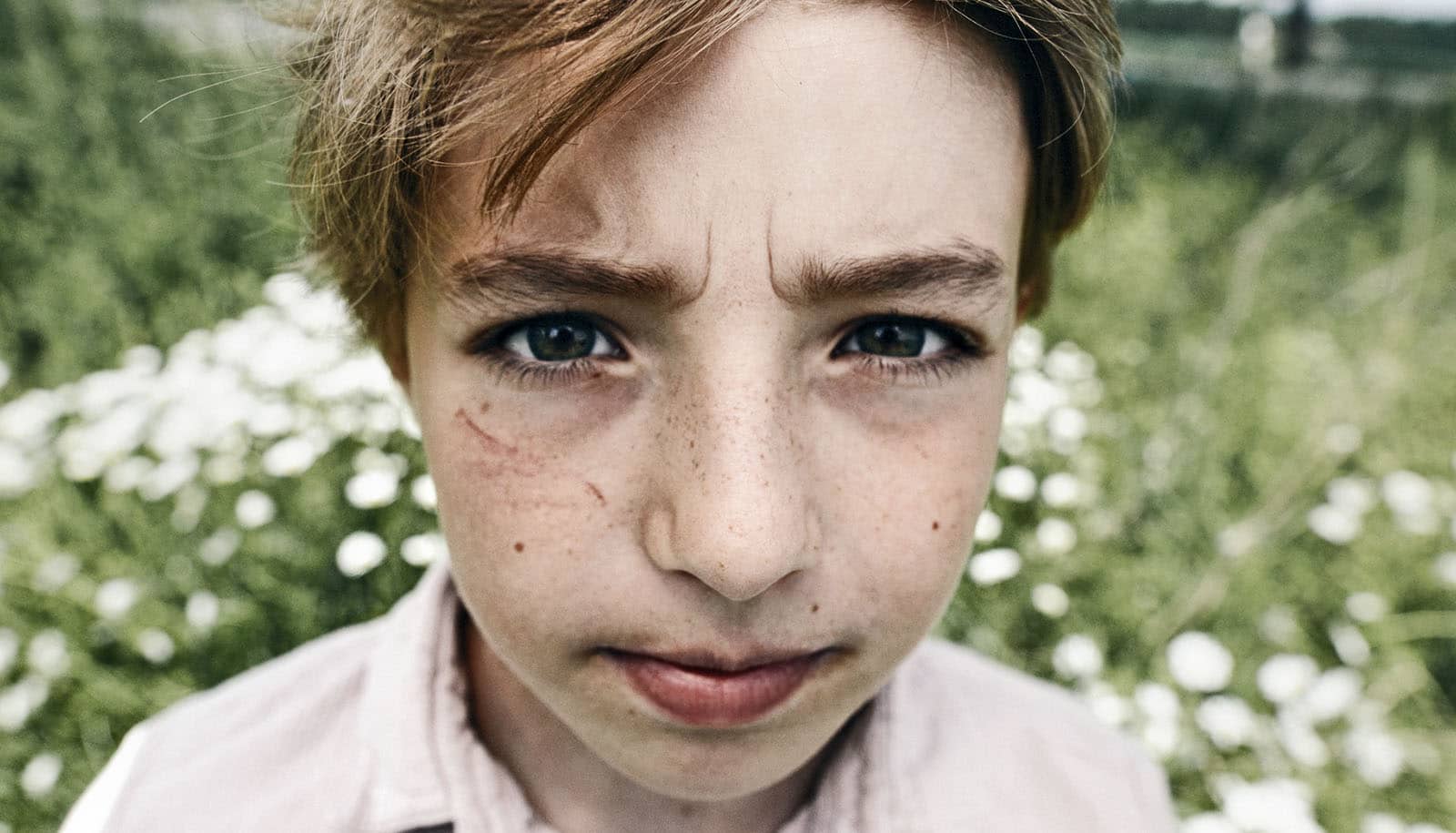 Mild TBI ups risk of emotional problems in kids
Mild TBI ups risk of emotional problems in kidsEven mild TBI, or traumatic brain injury, increases the risk of a child having emotional or behavioral issues, research finds.
-
 Distractions may complicate body language for kids with autism
Distractions may complicate body language for kids with autismResearchers examined the brain waves of children with and without autism to see how they process movement and body language.